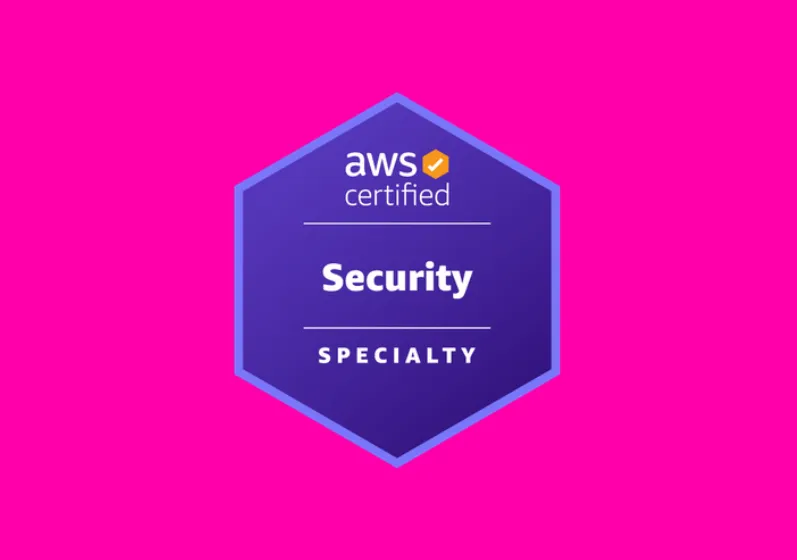Preparing for the AWS Certified Security Speciality exam requires a strategic approach to ensure success. First, it's important to understand the core domains covered in the exam, such as incident response, logging and monitoring, infrastructure security, and data protection. By focusing on these areas, candidates can build the knowledge needed to pass the AWS Certified Security Speciality exam. Additionally, practical experience with AWS security services like IAM and KMS plays a crucial role in mastering the concepts tested in the AWS Certified Security Speciality exam.

The exam tests your knowledge in several key areas, which are weighted differently:
One of the best ways to prepare for the AWS Certified Security Speciality exam is to combine hands-on practice with study materials. AWS offers official documentation, whitepapers, and security-related FAQs, which are valuable resources for anyone aiming to pass the AWS Certified Security Speciality exam. Mock exams and practice questions also help identify areas that need improvement, increasing the chances of clearing the AWS Certified Security Speciality exam.
🎯 Learn Key Topics & Expert Tips.
Objectives:
Activities:
Objectives:
Activities:
Objectives:
Activities:
Objectives:
Activities:
Objectives:
Activities:
Objectives:
Activities:
Objectives:
Activities:
Objectives:
Activities:
Simulate exam conditions by timing yourself when answering practice questions.
Understand why you got a question wrong and revisit related topics.
Ensure you cover questions from all domains of the exam to get a well-rounded understanding.
Confused about our certifications?
Let Our Advisor Guide You